&feature=youtu.be
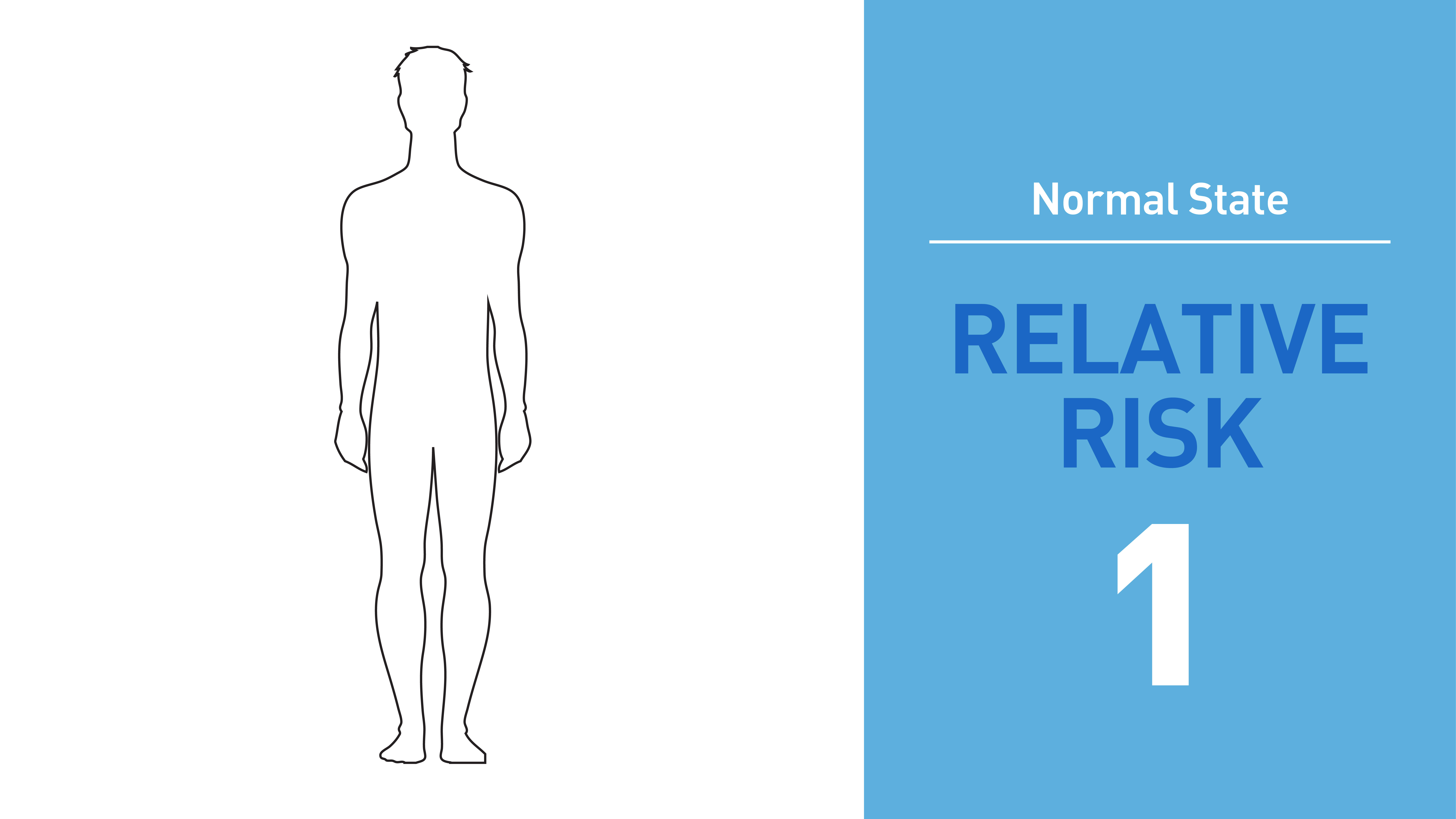
Different thrombophilic disorders increase the relative risk of developing venous thrombosis. Thrombophilia has the propensity to form blood clotting, both arterial and venous . The following relative risk is for venous thrombosis; the normal state has a relative risk score of one.
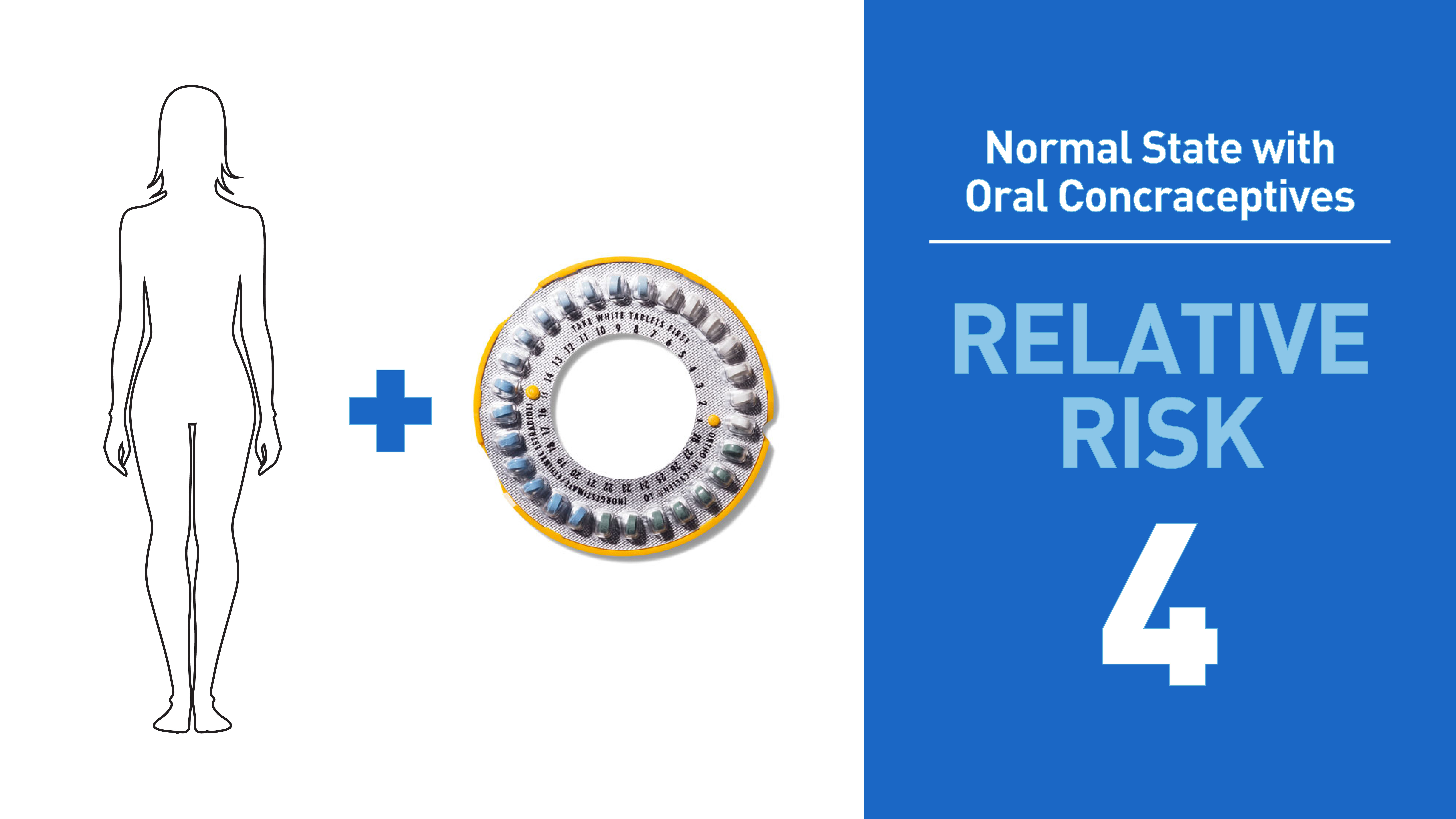
The use of oral contraceptives increases the relative risk of venous thrombosis four times (relative risk of four).
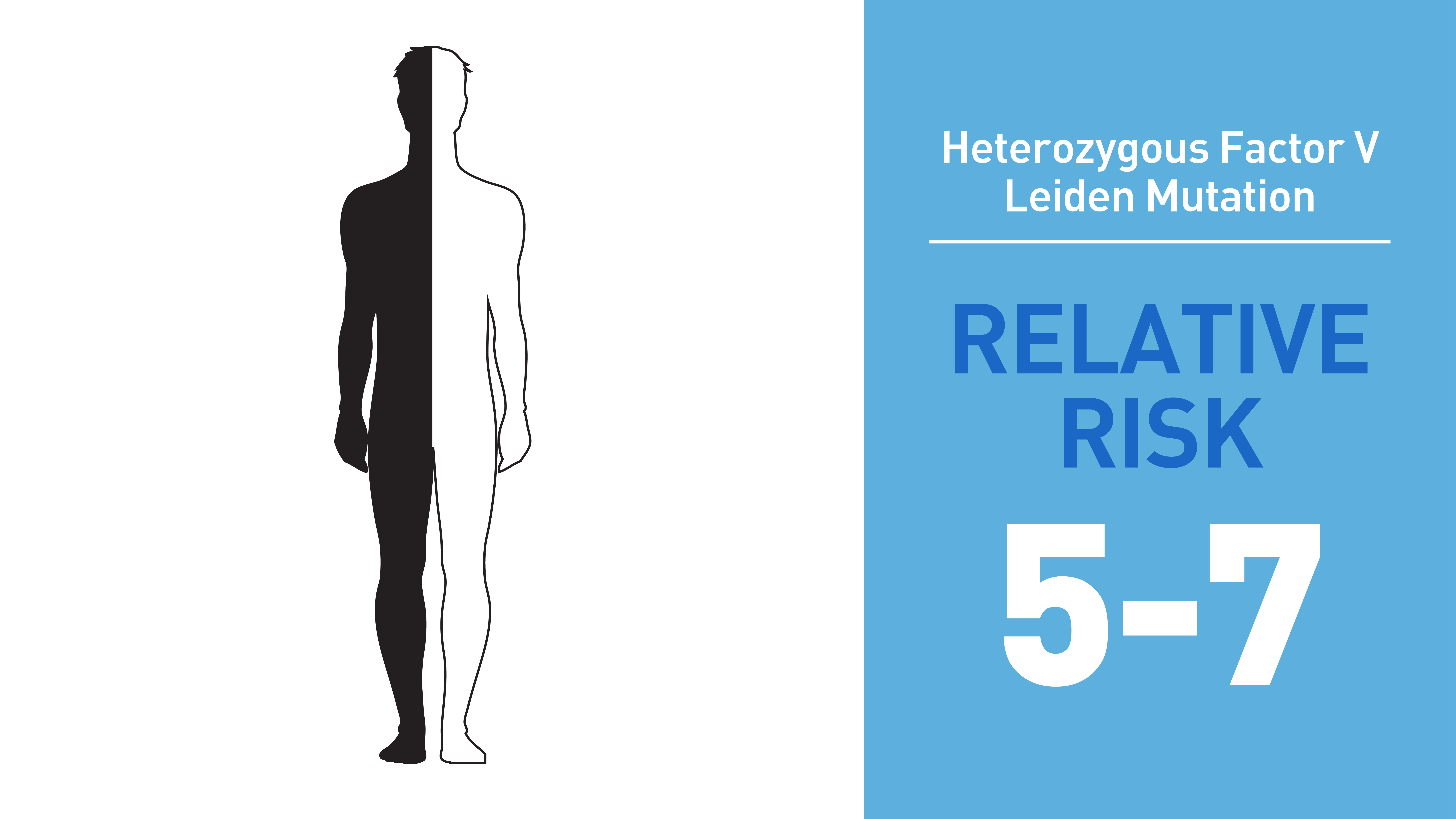
The heterozygous factor V Leiden mutation increases the relative risk of venous thrombosis by five to seven times.
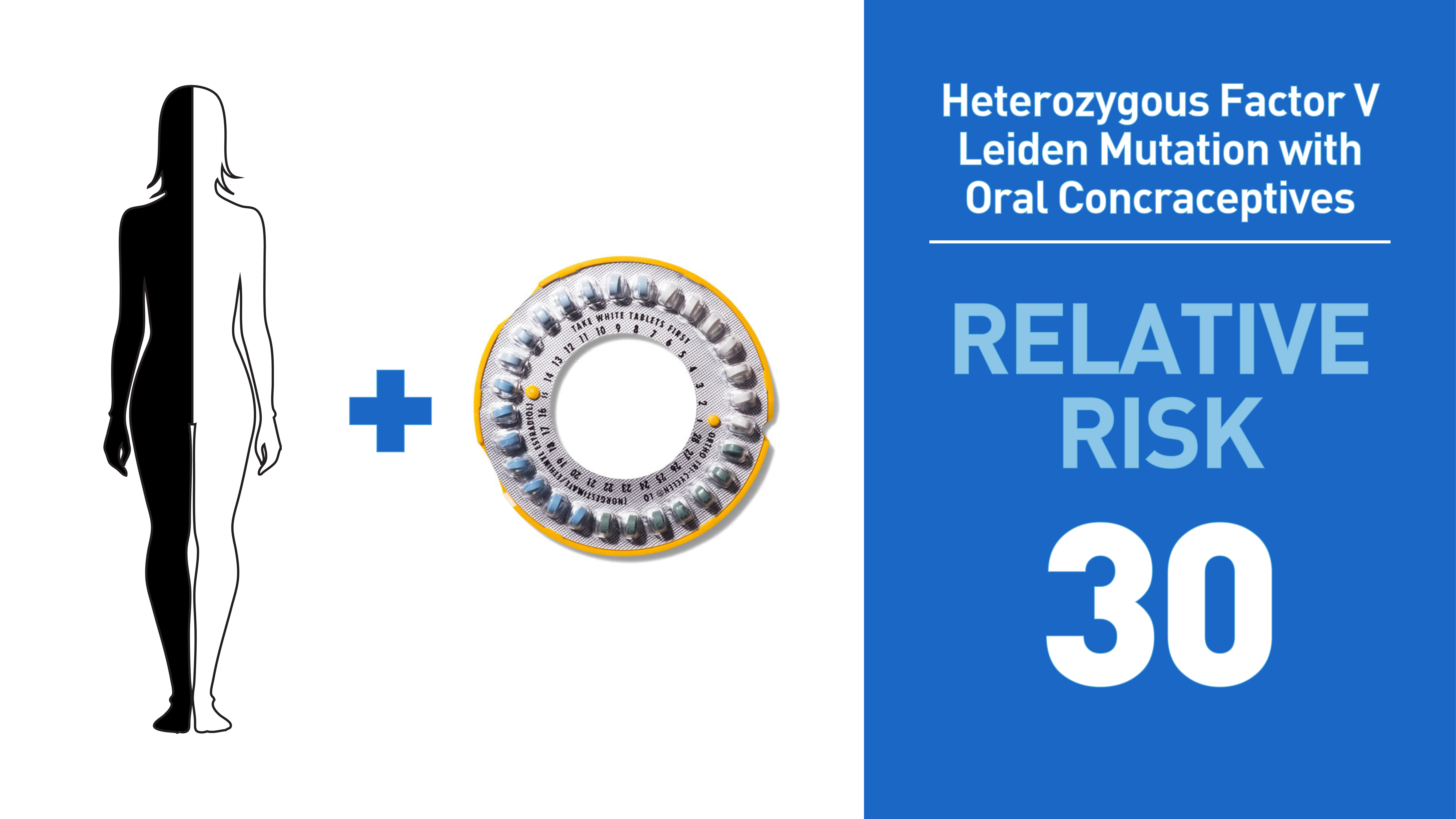
The addition of the heterozygous factor V Leiden mutation to oral contraceptive use increases this relative risk to 30.
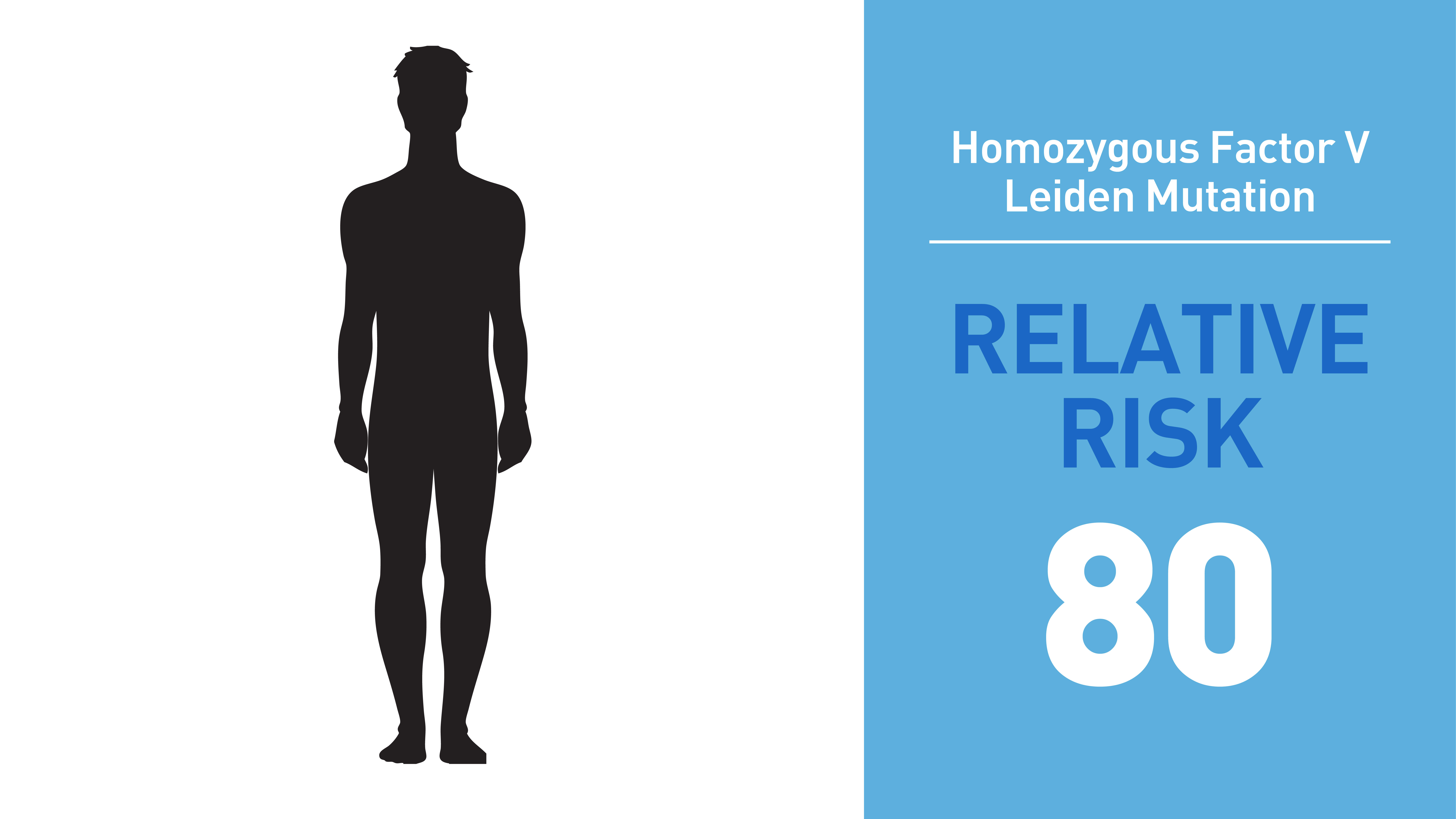
The homozygous factor V Leiden mutation, meaning that having two gene mutations, one from each parent increases the relative risk of developing venous thromboembolism to 80. This means that patients with homozygous factor V Leiden mutations have 80 times increased risk of developing venous thrombosis and thromboembolism.
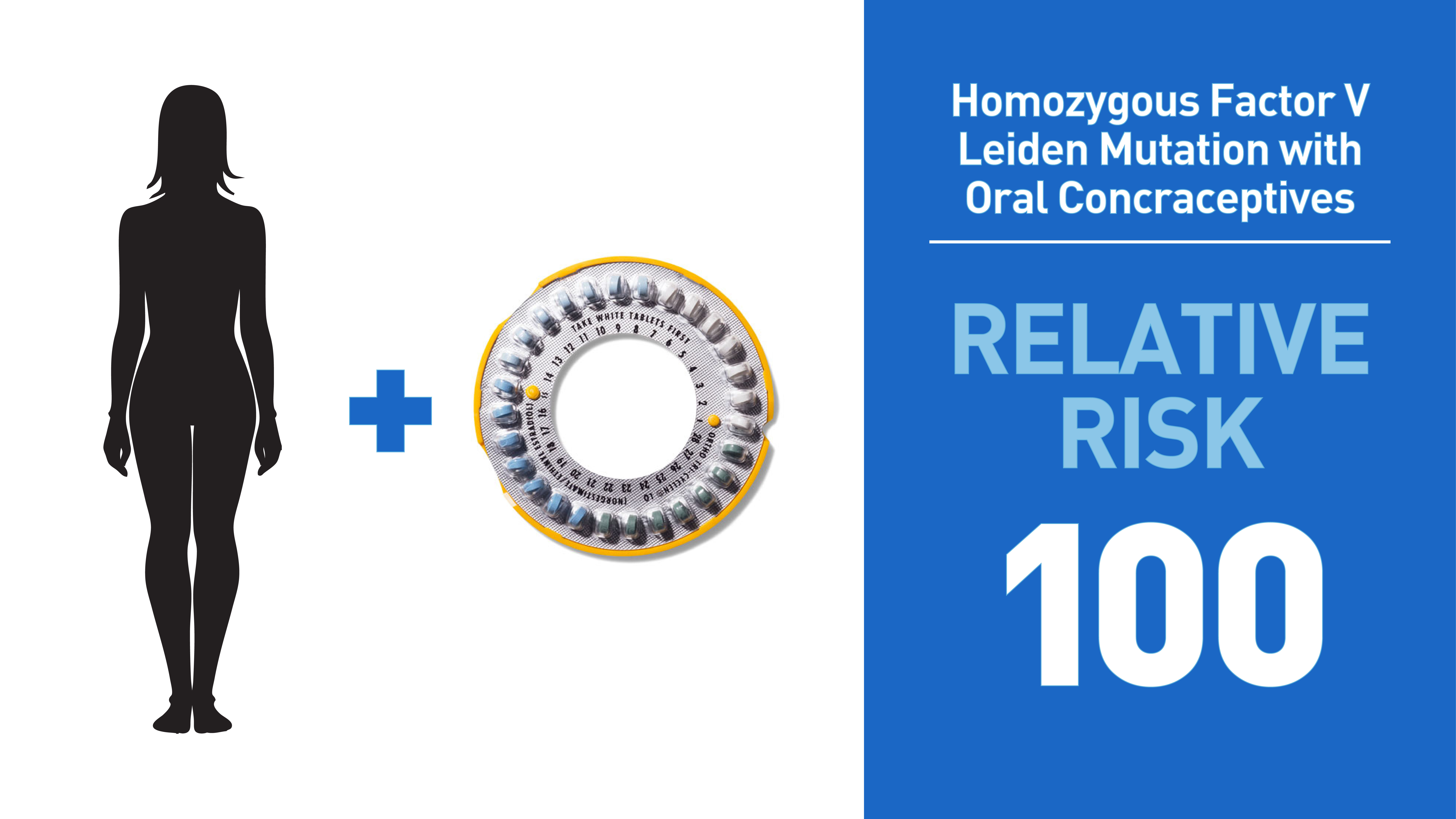
The relative risk for having homozygous factor V Leiden mutation status and the use of oral contraceptive pills increases this risk to 100 times above normal (relative risk 100).
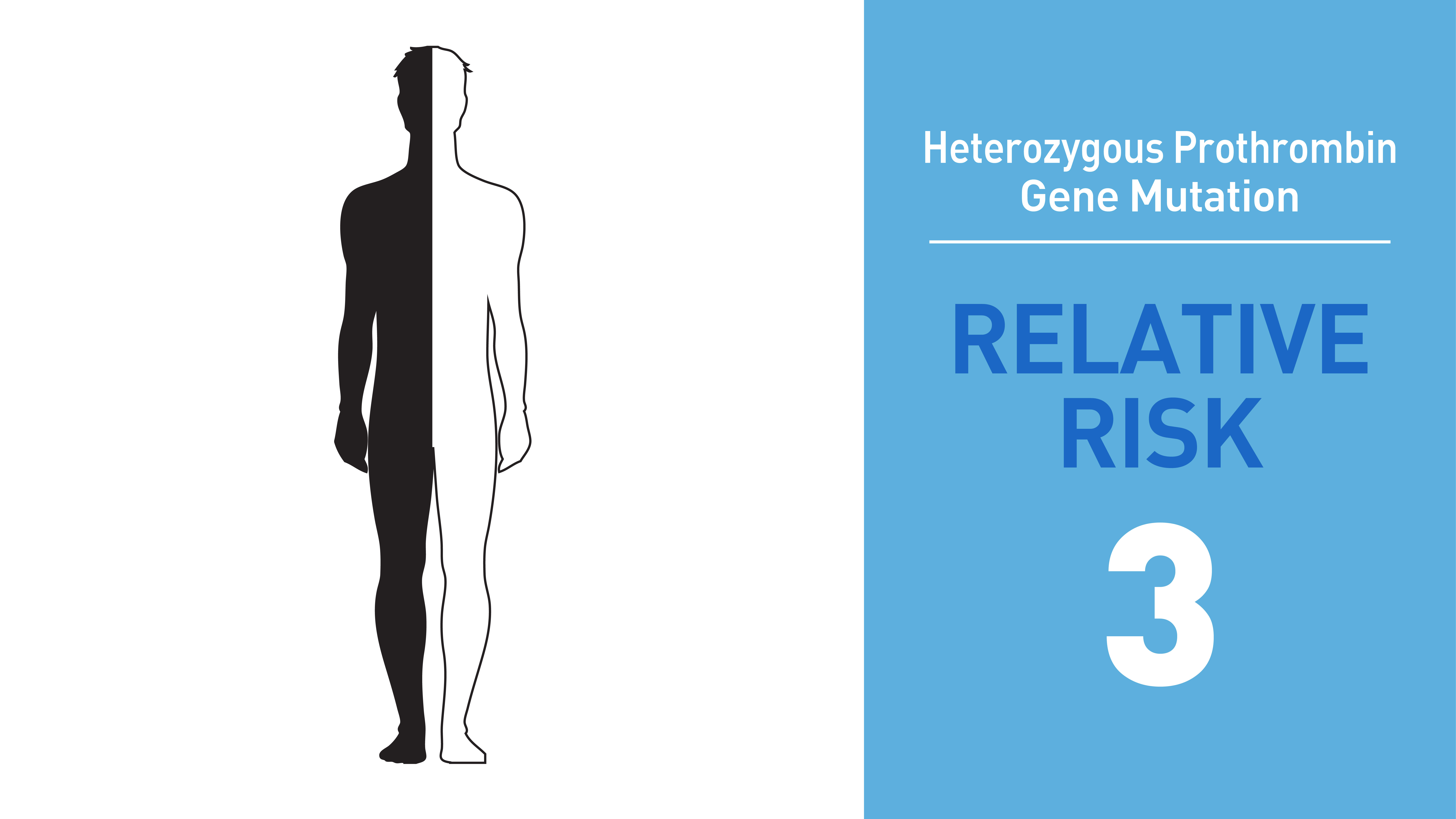
The heterozygous prothrombin gene mutation has a relative risk of three for venous thrombosis. The homozygous prothrombin gene mutation also increases the risk of having arterial thrombosis.
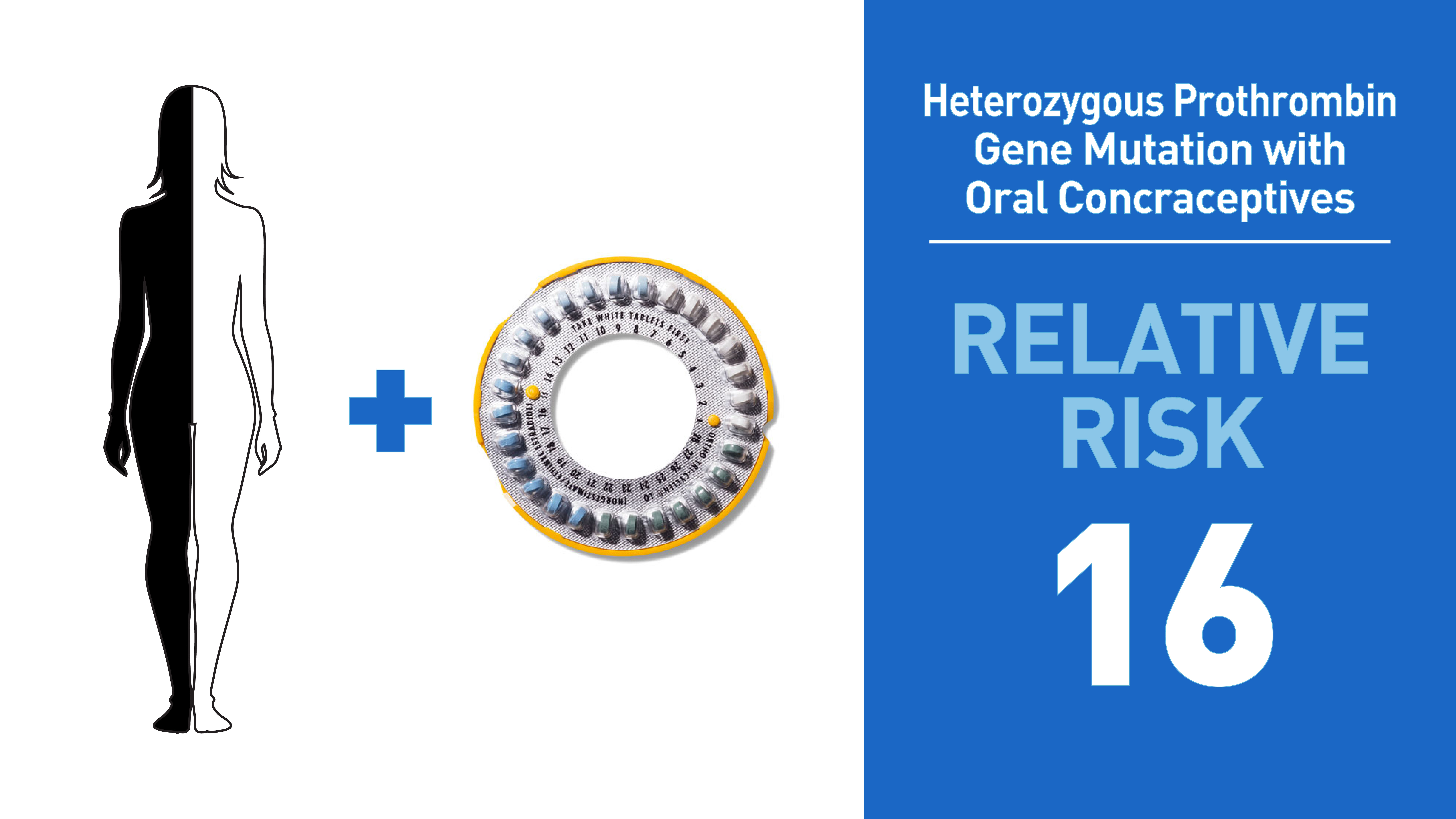
The addition of oral contraceptive pills to the heterozygous prothrombin gene mutation has a relative risk of 16 for venous thrombosis.
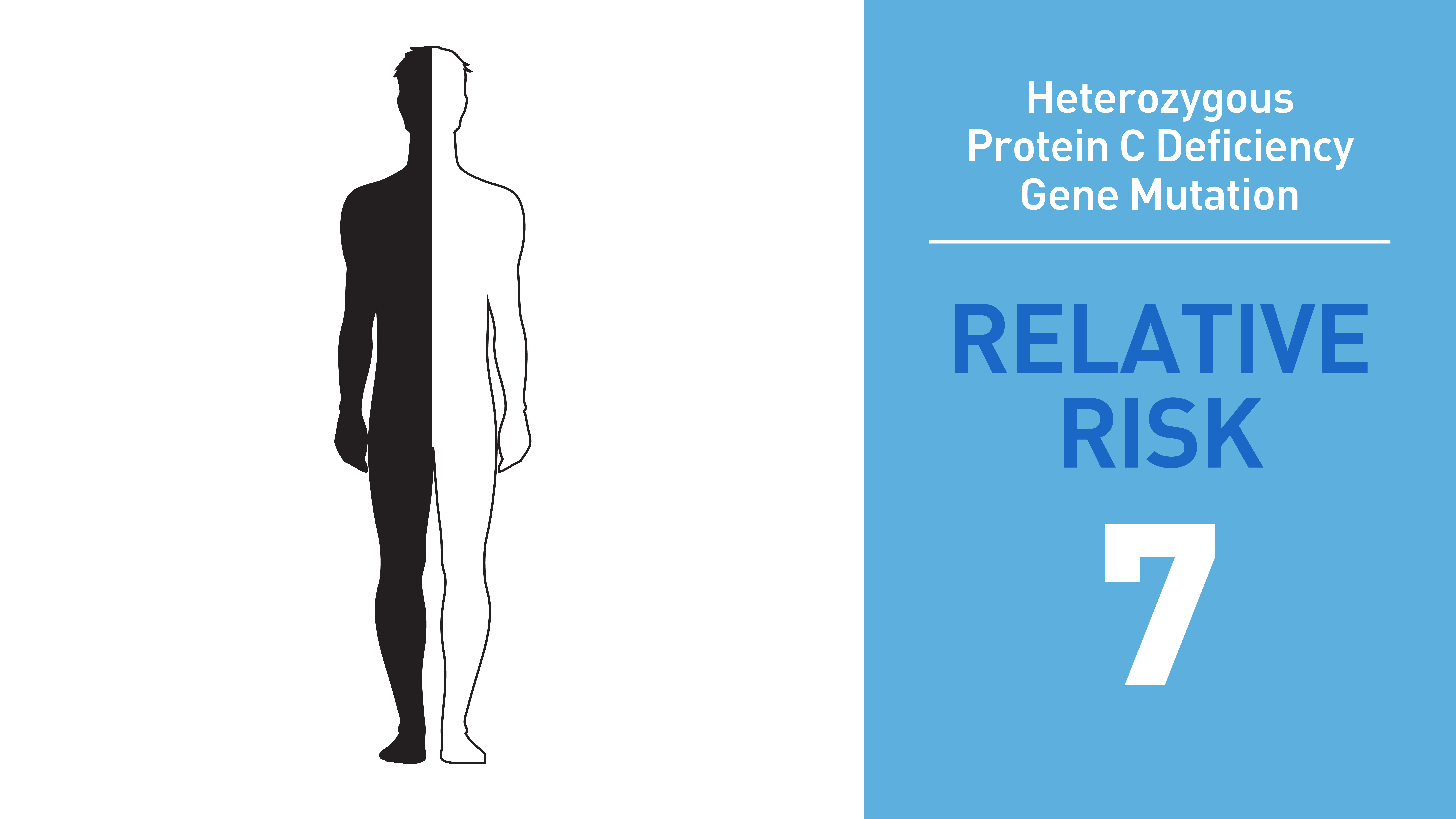
The relative risk of having venous thrombosis in patients with a heterozygous gene mutation for protein C deficiency is seven. The homozygous protein C deficiency may be incompatible with life with severe thromboembolic events noted at birth or in the neonatal period.
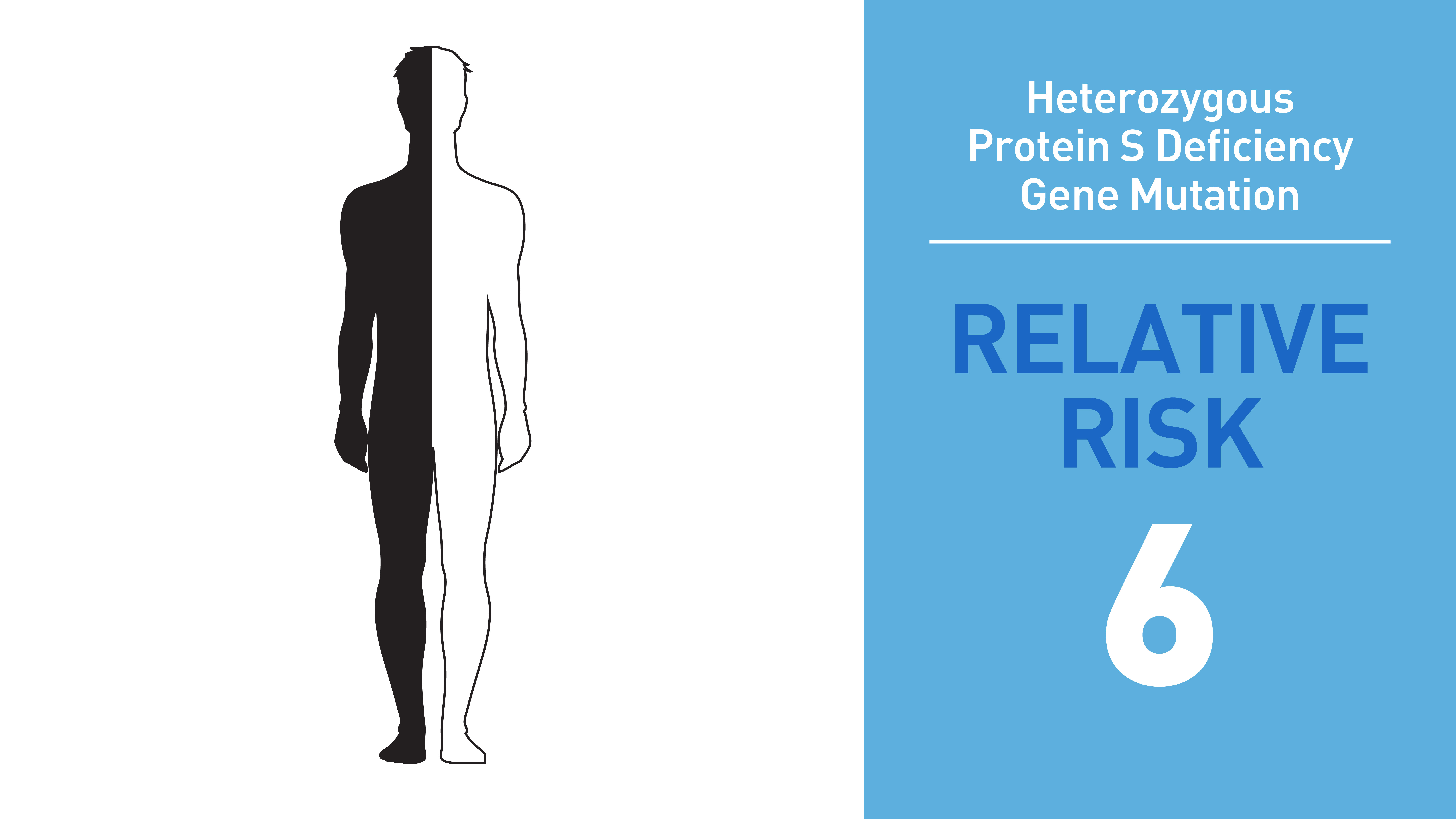
The heterozygous protein S deficiency has a relative risk of six for venous thrombosis and venous thromboembolism.
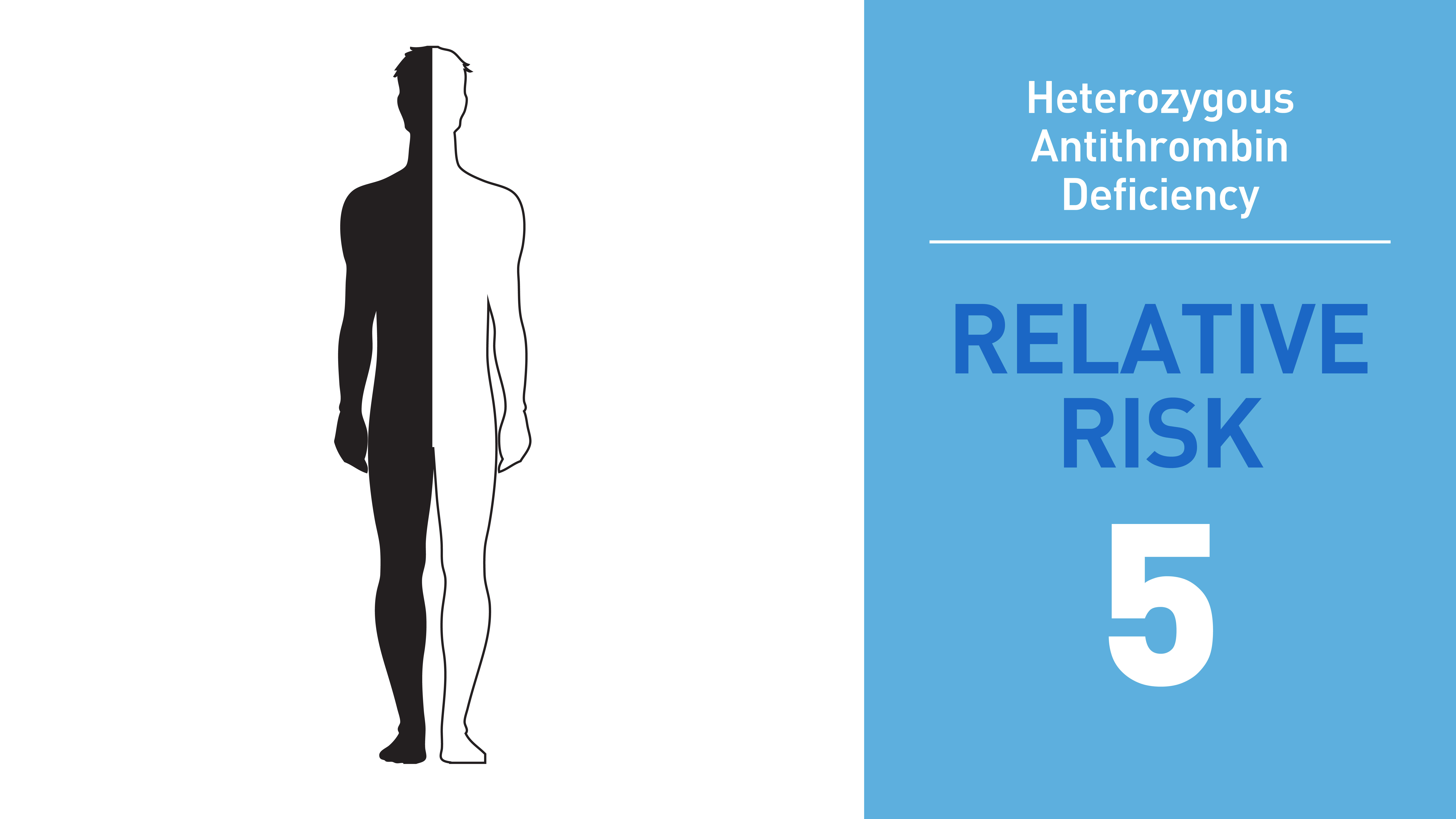
The heterozygous antithrombin deficiency has a relative risk of five for venous thromboembolism and the homozygous status for antithrombin deficiency is most likely to be lethal for the fetus.
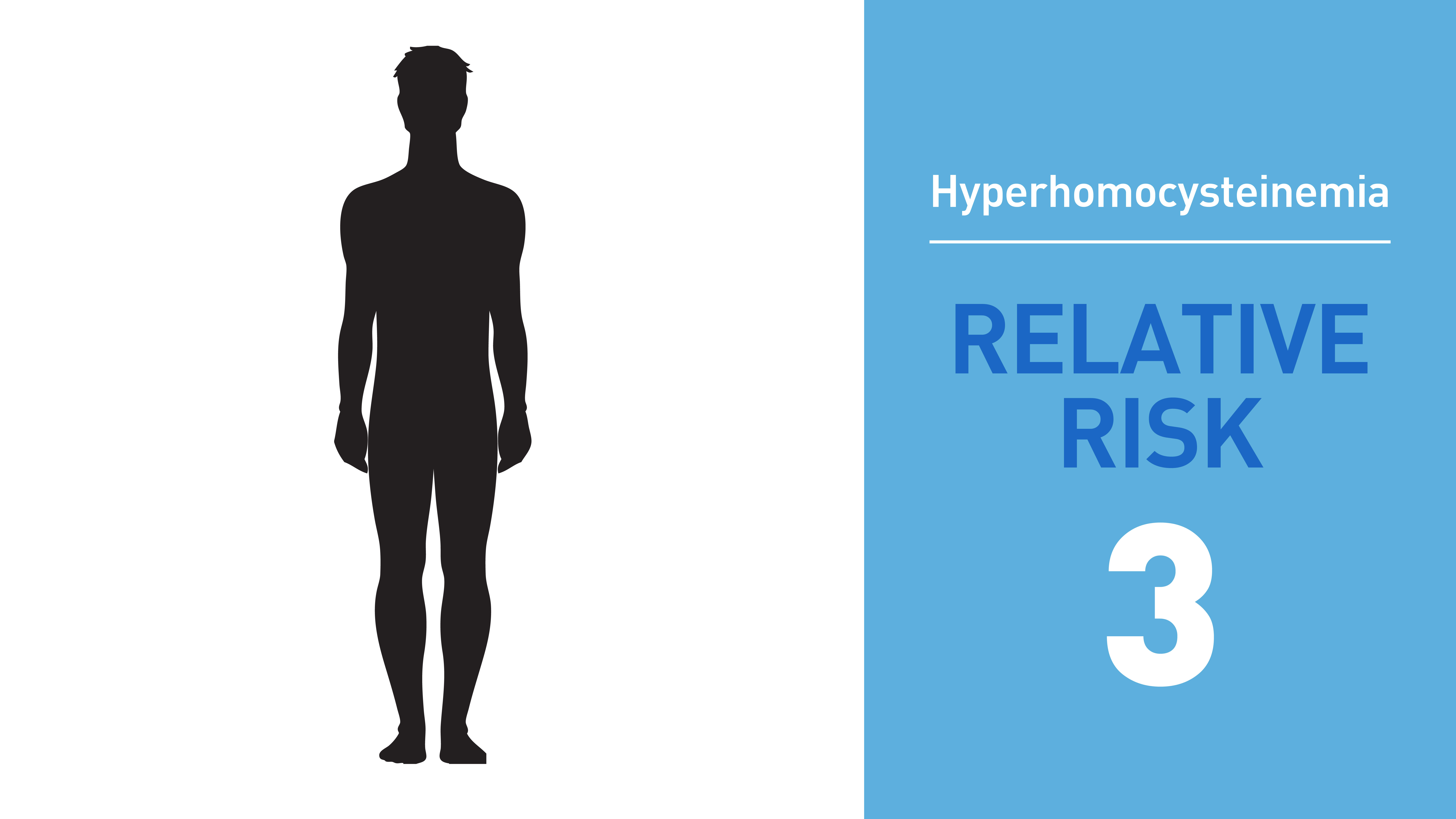
Hyperhomocysteinemia has a relative risk of 3 for venous thromboembolism & combined hyperhomocysteinemia.
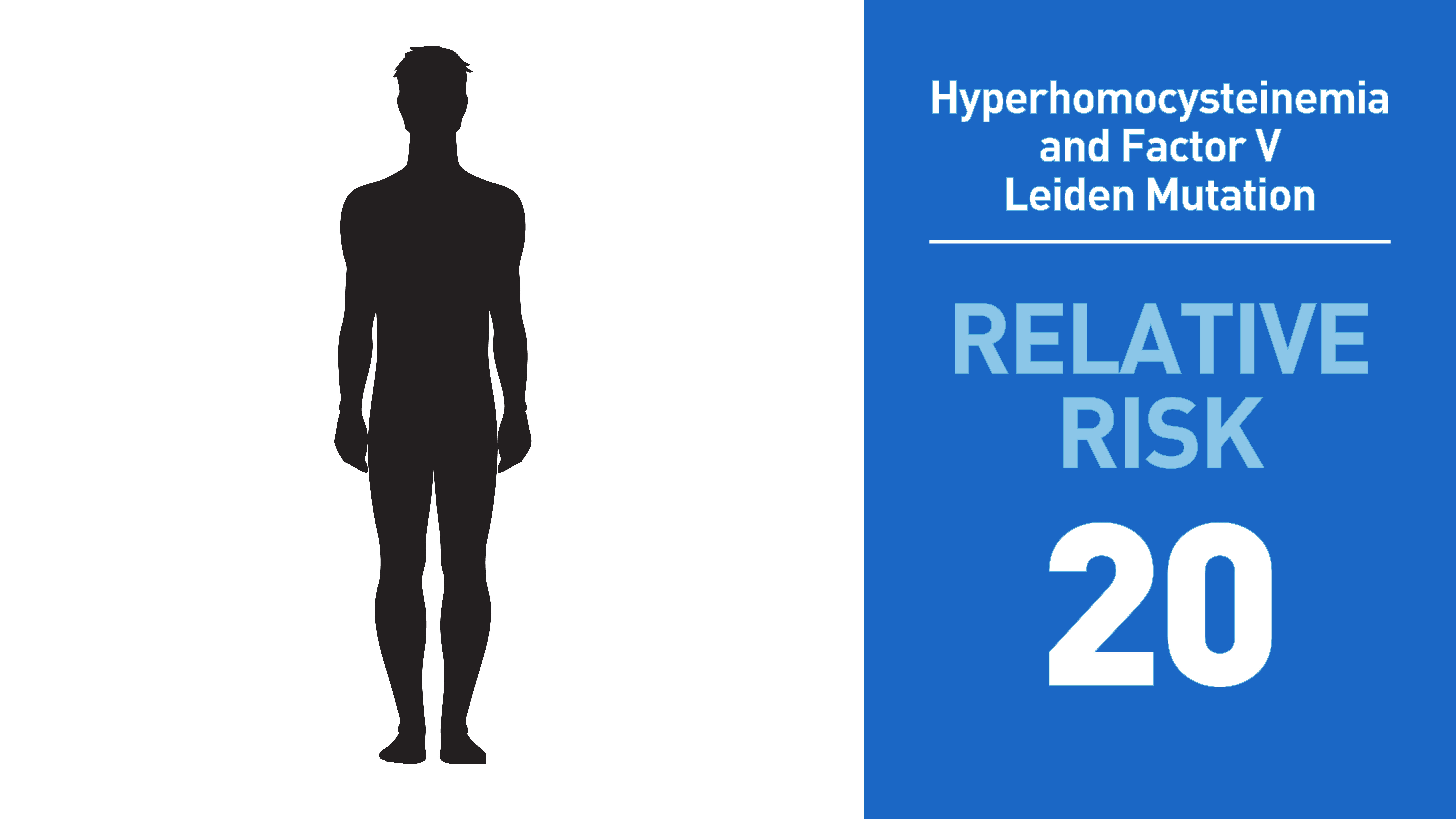
Factor V Leiden mutation increases this relative risk to 20 for venous thromboembolism.
For more information about relative risk of increased venous thromboembolism in patients with thrombophilic disorders contact the hematologist or make a consultation to see Hratch Karamanoukian, MD FACS at the Vein Treatment Center with offices in Williamsville, New York and Clarence, New York. To set an appointment with Dr. Karamanoukian contact him via www.VeinsVeinsVeins.com or call 716-839-3638.